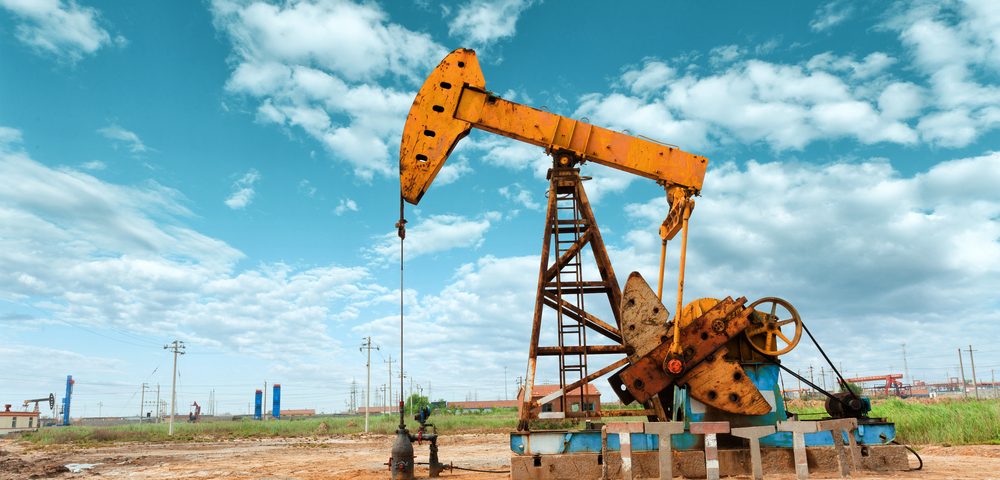Children with acute lymphoblastic leukemia (ALL) are four times more likely to live near areas of active oil and gas development than those with non-hematological cancers, according to a recent study examining patients from rural Colorado. But the study found no association between childhood non-Hodgkin lymphoma (NHL) and the distance to those regions.
The study, “Childhood hematologic cancer and residential proximity to oil and gas development,” appeared in PLOS One.
Although ALL and NHL mortality in American children is declining thanks to improved treatment, the incidence of those diseases rose by 1 and 0.6 percent annually from 2000 to 2010.
Factors like genetic predisposition and susceptibility, as well as environmental exposure to toxic substances, all may contribute to the increase in childhood ALL and NHL.
U.S. oil and gas drilling, which spews benzene and other toxic substances into the air and water, has boomed in the past 15 years, and more than 15 million Americans now live within a mile of an oil and gas well. This led researchers to hypothesize that children in proximity to such a well might have a higher risk of developing ALL or NHL.
The team at the University of Colorado’s Anschutz Medical Campus examined data from the Colorado Central Cancer Registry and the Colorado Oil and Gas Information System. Their study included 743 young patients, aged 0-24 years and living in areas with fewer than 50,000 people — all of whom had been diagnosed between 2001 and 2013 with ALL (87 patients), NHL (50 patients) or another cancer (528 patients).
Researchers linked each patient’s residential addresses at the time of diagnosis to the locations of active wells in each of the 10 years preceding their diagnosis and in the year of diagnosis.
After controlling for race, gender, income, elevation of residence and year of diagnosis, they found that ALL patients aged 5-24 years, but not aged 0-4 years, were 4.3 times more likely to live in the densest area of active oil and gas wells than those with other cancers. They found no link, however, for NHL patients regarding their proximity to active wells.
The researchers stress that their findings may be limited by several factors including the low occurrence of ALL and NHL in rural Colorado, a lack of specific age at diagnosis and the fact that all study participants had been diagnosed with cancer. They recommended further studies addressing such limitations to validate the findings.
“Over 378,000 Coloradans and millions of Americans currently live within a mile of at least one oil and gas well, and petroleum development continues to expand into residential areas,” lead investigator Dr. Lisa McKenzie, assistant research professor at the Colorado School of Public Health, said in a press release.
“The findings from our registry-based case control study indicate that young Coloradans diagnosed with one type of childhood leukemia are more likely to live in the densest areas of oil and gas sites,” she concluded. “More comprehensive research that can address our study’s limitations is needed to understand and explain these results.”


